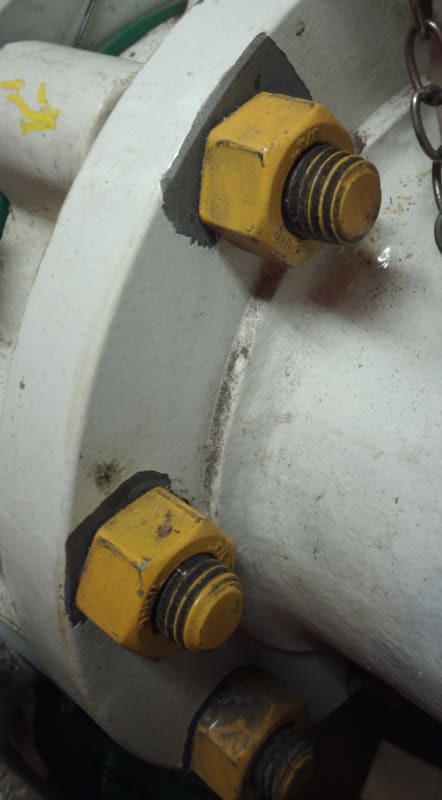Gorik
Mechanical
- Feb 2, 2023
- 2
Hi,
Recently while walking on site noticed some damaged coating on the flanges (see photo). Guys told me that it is the common issue after torquing. They making some field repair, though it's still more prone to corrosion. So, maybe I could get some advice on how to mitigate this. Maybe some washers would help to distribute the load and minimize friction from the nut. Flanges designed acc. to ASME B16.5, assembled acc. to ASME PCC-1.
Thanks!

Recently while walking on site noticed some damaged coating on the flanges (see photo). Guys told me that it is the common issue after torquing. They making some field repair, though it's still more prone to corrosion. So, maybe I could get some advice on how to mitigate this. Maybe some washers would help to distribute the load and minimize friction from the nut. Flanges designed acc. to ASME B16.5, assembled acc. to ASME PCC-1.
Thanks!

